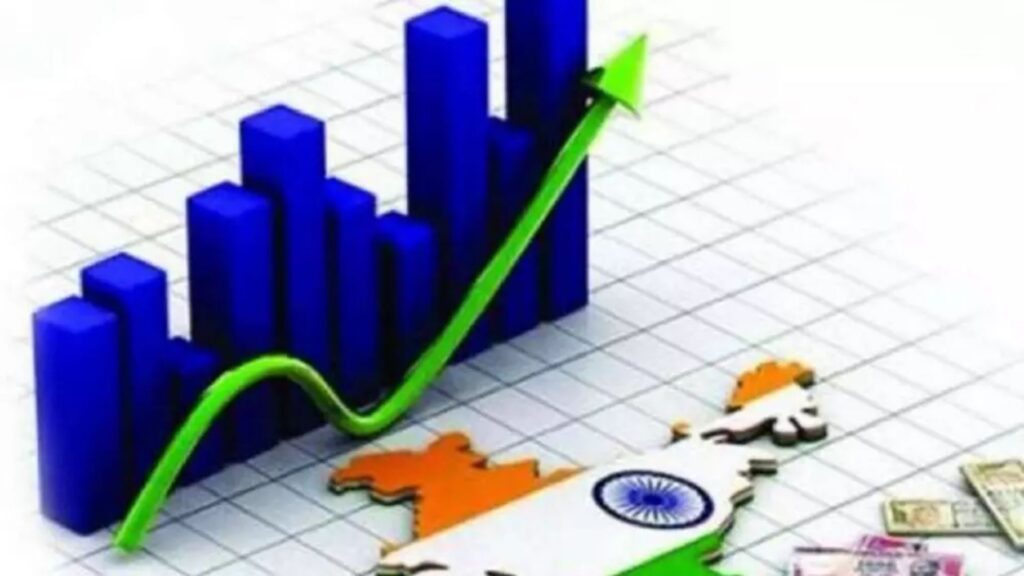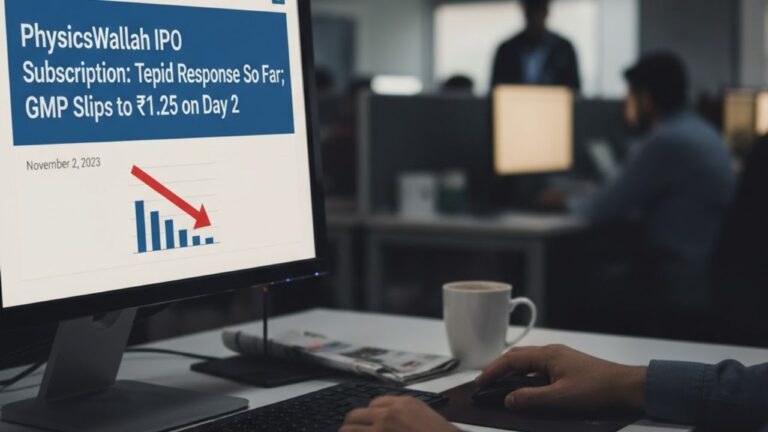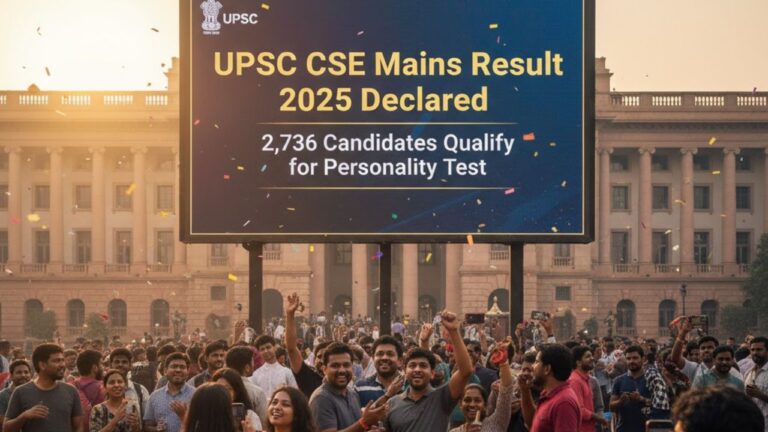
The Indian economy is expected to grow at a steady rate of 6.5% in the fiscal year 2025-26, according to the latest edition of the EY Economy Watch report. The report underscores the importance of a well-structured fiscal strategy that balances human capital development with fiscal prudence to enhance long-term growth prospects.
As per the March edition of EY Economy Watch, India’s real GDP growth for FY25 (April 2024 to March 2025) is projected at 6.4%, while for the subsequent fiscal year, FY26, the estimated growth rate is 6.5%. The report highlights the need to realign fiscal policies to support India’s goal of becoming a developed nation under the “Viksit Bharat” vision.
Revised national accounts data released by the National Statistical Office (NSO) indicate that India’s real GDP growth for FY23, FY24, and FY25 stands at 7.6%, 9.2%, and 6.5%, respectively. In terms of quarterly projections for FY25, the third-quarter growth rate is expected to be 6.2%. To achieve the annual target of 6.5% growth, the fourth quarter would need to see a rise of 7.6%.
“A 7.6% growth in the last quarter would necessitate a significant surge of 9.9% in private final consumption expenditure, which has not been witnessed in recent years,” the report noted. It suggests that an alternative strategy could be increasing investment expenditure, with a greater emphasis on government-led capital investments.
The report also discusses fiscal deficit considerations, stating that any supplementary demand for grants could impact the government’s revised estimates. However, the higher nominal GDP could help absorb some of these increases when fiscal deficit is measured as a percentage of GDP.
Increased Investments in Education and Healthcare
The EY India report emphasizes that sustained economic growth requires higher investments in education and healthcare. With a growing population and evolving economic structure, increasing public spending in these sectors is essential for improving human capital outcomes.
According to the analysis, government expenditure on education needs to rise from 4.6% of GDP to 6.5% by FY2048 to meet the demands of India’s young and expanding workforce. Similarly, healthcare spending by the government should increase from 1.1% of GDP in 2021 to 3.8% by FY2048 to enhance healthcare access and outcomes.
Fiscal Restructuring and Equalization Transfers
The report suggests that a gradual fiscal restructuring approach can help achieve these spending targets without hampering economic growth. Increasing the revenue-to-GDP ratio from the current 21% to 29% over time would provide the necessary resources while ensuring fiscal discipline.
DK Srivastava, Chief Policy Advisor at EY India, stated, “India’s evolving demographic structure will see a growing share of working-age individuals in the total population. If effectively employed, this demographic dividend can drive economic growth, employment, savings, and investments. To facilitate this, India may need to raise its revenue-to-GDP ratio and gradually increase government spending on critical sectors like health, education, and infrastructure.”
The report also explores the role of equalization transfers in bridging regional disparities. It recommends that states with lower fiscal capacity receive adequate financial support to improve education and healthcare infrastructure. Such fiscal measures could help reduce inter-state inequalities and ensure equitable access to essential services across the country.
A well-balanced fiscal policy that prioritizes human capital development while maintaining fiscal responsibility can significantly strengthen India’s long-term economic growth. By aligning investment strategies with the nation’s evolving needs, India can pave the way for sustainable development and inclusive prosperity.






